Let’s be honest.
Anyone can set up an AdWords campaign. It’s easy. But optimising your campaigns and ads is the challenging part.
However, there are certain AdWords tactics that experts use to turn $520 into $6120.
A Health Counselor in Colorado spent $520 on Google AdWords and acquired 6 clients each worth $1020. This didn’t happen by chance, in fact, it was an optimised and carefully crafted campaign.
I’m sure you want to achieve similar results or even better.
The following 28 AdWords tactics will help you skyrocket your paid search profits in 30 days by 300% or more.
1. Leverage in-market audiences
In-Market Audiences is a targeting method that’s used to target people who are ready to purchase. These are the people who are in-market and are actively involved in research and price comparisons.
When you use in-market audiences, you don’t have to use any other targeting method.
Let’s assume you’re selling laptops. When you select an appropriate in-marketing audience from AdWords, your ad will be shown only to people who are looking for laptops and are ready to buy one. The information is based on the behaviour of the users which changes in real-time and makes sure you target the right people for your campaign.
2. Rotate ads
The default ad rotation setting in AdWords is set to Optimize for Clicks. This option lets Google select the Ad which it believes is the best. Which is not always the best option. In fact, in most of the cases, it won’t give you best results in terms of CTR.
You have to select Rotate indefinitely. This option shows all the ads evenly and thus all the ads get an equal opportunity, allowing you to test and define which Ad works best for you.
This makes CTR and impressions even and meaningful. When all the ads receive almost similar impressions, you can compare their CTR and other metrics. Else, you cannot compare an ad having 500 impressions with an ad having 100 impressions. This is what happens when you select Optimize for Clicks.
Don’t do it.
3. Don’t ignore impression share
Impression share shows you the impressions your ad received compared to the impressions it was eligible to receive. A 30% impression share means that your ad was shown 30X while other ads were shown 70X.
Impression share is a great yet ignored metric that will help you improve campaign profits.
- It shows you how well your ad is performing as compared to those of competitors.
- If you have a low impression share, analyse your competitor’s ads and see what they’re doing better.
Add the impression share now and try to maximise it so that you don’t leave any profit on the table.
4. Use negative keywords smartly
Not all the keywords are worth paying for. You have to get rid of keywords that aren’t converting, or in other words are junk keywords.
This is the first thing that experts do—they exclude all the keywords they’re not interested in paying for.
For instance, if you’re selling premium services, you should add “free”, “affordable”, “cheap”, and similar keywords as negative keywords so that your ads don’t show when these words or phrases are part of the query.
Similarly, if you’re only selling female trousers, you should add “men”,”boys”, “male”, and similar keywords as negative to stop irrelevant traffic.
5. Use the Search Term Report
The Search term report comes in handy when you have to find underperforming keywords and when you have to prepare a list of negative keywords. This report shows you searches that triggered your ads.
Run the report and filter any keywords that are driving junk traffic and increase the budget of keywords that are converting and driving sales.
Analyse the report. Find the keywords that are creating profits for your business. Add them to your accounts and bid on them. Long tail keywords are usually cheaper and they will reduce your costs.
This often overlooked report has a great potential to increase the profits of your accounts.
6. Deal with Quality Score
According to former Google employee Frederick Vallaeys, improving AdWords Quality Score should never be your main goal. It is just a metric.
QS is used by Google to determine your starting CPC and this is where it starts hurting your budget and profits.
The best thing you can do is get rid of keywords that have low QS and low impressions. QS matters when a keyword that’s getting too many impressions has a low QS. That’s where you have to intervene and try improving its Quality Score.
QS is one of the main variables that determine the profitability of your campaign, tackle it smartly.
7. Target by income level
Targeting your audience by income level helps improve paid search profits because you now target people who have the money to purchase your products. This works great for luxury products.
You can do it automatically in AdWords from Location groups in the campaign setting.
How about using tiered bids by income level? You can increase the bid for a certain target group.
8. Dynamic bid adjustment strategy
After running a few campaigns for a few days and know what ads and keywords are doing well, it’s the best time to use dynamic bid adjustment strategy. It allows you to increase your bid amount by device and location.
If your ads are doing well on mobile, increase bid on mobile by 30%. This is the easiest approach to increase profits.
9. Use dynamic keywords
Dynamic Keyword Insertion (DKI) is a very useful feature that replaces keywords automatically based on user query. Here is how it works with an example:
The headline is replaced with the customer query thus making your ad more relevant. This might bring irrelevant traffic but if used smartly, you can literally skyrocket your paid search profits.
DKI should only be used for high-performing ad groups. Don’t use it for under-performing ads.
10. Generate phone leads
One of the best tactics to increase the profit of your paid search campaigns is to generate phone leads. This, however, only works for local businesses.
When you have your phone number mentioned, most of the people will call you directly instead of clicking the ad. This is one easy way to generate leads.
Google has a nice guide on how to use call extension. Don’t do without it.
11. Leverage Google Shopping
Increasing revenue gets a whole lot easier when you’re using Google Shopping. These ads are awesome. An apparel company generated 143 sales in 30 days and it only spent $1400.
These ads look awesome, they’re compelling, get attention, and works great for physical products.
This guide by Google will help you in creating shopping campaigns. It might seem too much to do but it pays in the end.
12. Optimize landing page
While a lot of AdWords tactics talk about making changes in ads, keywords, and dealing with AdWords, none of this will work if your landing page isn’t optimized.
The landing page is one of the most important factors that are directly linked to Quality Score and your campaign profit. A poor landing page that doesn’t convert won’t increase your campaign’s profit. It won’t convert visitors.
Make your landing page awesome. Optimize it for different ad groups and campaigns. Create multiple landing pages and test them.
Don’t just stick to one.
13. Use ad extensions
Google Ad Extensions increase conversion, sales, and profit. An extension has the power to convert dull and boring ads like this…
…into engaging ads like this.
There are a lot of different extensions that you can choose from.
Choose them smartly and watch your profits grow.
14. Address keywords that spend too much
One smart way to increase profit of your campaigns is to get rid of keywords that spend too much and aren’t doing well. The sooner you do it, the better it is.
You have to periodically check your keywords for their performance. Identify keywords that are underperforming and monitor them for a couple of weeks. Test new Ads, optimise the landing page, try everything you can to make the keyword perform better.
If none of your efforts allow to performance to increase, delete them from your account. If they’re really bad, add them as negative keywords.
15. Remove duplicate keywords
When you check keywords, make sure to remove duplicate keywords. Duplicate keywords have the tendency to ruin your campaigns.
For instance, you removed a keyword that’s not doing well and has been eating your budget. You realise after a few days that there is a duplicate keyword and AdWords is still using it.
There’s only one way to fix it — remove it.
16. Increase PPC budget
If reports show that your campaign is doing well, scale it. Increase the budget. Often, this is something that advertisers don’t do.
Here is an example of a campaign.
Most of the advertisers will be happy with this ROI. Only a few will increase their budget and will take it to the next level.
See how increasing budget improved ROI and profit? That’s what you should do.
17. Don’t start a campaign on Friday
Friday is not a good day to start a campaign for two reasons:
- The way people behave on weekends is different compared to how they will respond to the same ads on weekdays.
- If you have been running ads on weekend and optimise them on Monday, you might make wrong decisions.
Start your campaign on a weekday, preferably Tuesday.
18. Forget about CTR
Yes, CTR is a decent metric to track, but don’t make decisions solely on the basis of CTR.
Look for better and more meaningful metrics such as:
- Conversion rate
- Profit per Impression
- Return on ad spend
These metrics are linked to profit while CTR is NOT linked to profit.
19. Schedule your ads
Not scheduling your ads is a terrible mistake that will ruin your ROI. For instance, using phone extension and running your ad 24 hours a day is a big mistake because people will call you after office hours and you’ll be missing leads.
Schedule your ads for the right hours and days.
If your ads perform well on a certain day and time period, schedule them or maybe, increase your bid for specific hours and days using dynamic bid adjustment.
20. Use converting queries as keywords
After running ads for a few days, you see converting queries in the search term report. Although AdWords is showing your ads for those search queries, a good approach is to add those queries as keywords.
This allows you to control bid and ad copy.
21. Find best day and time
Your ads don’t perform equally well throughout the week and throughout the day. Find the best day and hour of the day when your ads do exceptionally well.
Adjust bids for these time slots. Your ads should be at the top when they perform best.
This is one sure way to increase the profit of your paid search campaign.
22. Optimise ads for best performing location
Just as finding the best day and the hour, you have to also find the best performing location for your ads. Find places where your ads do best.
This will help you get better at geo-targeting and improving ROI.
This is one thing, I’m sure, your competitors don’t do.
23. Don’t use search and display in the same campaign
While AdWords does allow you to create a campaign for search and display, it is not recommended.
Search and display networks are different and if you intend to increase paid search profits, better stick to Search Network only.
24. Use exact match
On one hand, Exact match keywords should be your preference since they reduce irrelevant impressions and clicks. This is the best tactic to increase ROI. You’ll see low impressions but it will be a super-targeted campaign.
On the other hand, Phrase match is somewhat OK. You can use them at a later stage while broad match shouldn’t be used. You’ll get lots of clicks with no conversions.
25. A/B Testing
Test different variations of ads. Don’t stick to only a few ads.
Ideally, you should test ads, keywords, landing pages, offer, ad copy, and pretty much everything to see what works best. Your goal should be to minimise cost and maximise profits.
26. Set right location
Always select People in my targeted location when initiating an AdWords campaign.
If you go with the default setting (People showing interest in my targeted location) you’ll end up getting clicks from irrelevant places and from all around the world. This ruins your ROI.
Don’t go with the recommended setting.
27. Use bid modifiers
Using bid modifiers can help you increase profit. You can set geo bid modifiers, device modifiers, audience modifiers, and others. These modifiers help you control your bid.
For instance, increase your bid for regions where your ads perform better.
28. Use remarketing
You cannot have a profitable ad campaign without remarketing. It brings indecisive customers back to your website. These are customers who didn’t purchase the last time they visited your sales page.
Here is how it works:
If you play your cards well, retargeting (a.k.a., remarketing) can boost your conversion rates dramatically.
According to a Study from DataXu, businesses dedicated to customer service grew their conversions by an average of 128%, while others associated with financial services saw a 147% growth rate.
An exclusive data from comScore revealed that retargeting is the most effective technique of persuading potential customers to return to your sales page or landing page; leading to a 726% boost in return visitors after four weeks of being exposed to the original ad.
Conclusion
AdWords is a great way to generate targeted leads to your online business within hours — people who can turn into hungry customers that grow your bottom line.
However, AdWords can also be the quickest way to lose money in hours if you’re not careful.
In this in-depth post, we’ve highlighted the 28 tactics you can implement in order to avoid wasting your ad spend, and avoid common mistakes that people make when running AdWords campaigns.
Now, you know how to improve the targeting of your ads, while also improving the creatives (visuals, landing pages, ad copy, etc).
It’s time to take a fresh look at your campaigns and see if you can apply any of the tips here, to increase your results.
Do you have any AdWords tactics you want to share? Let me know below!
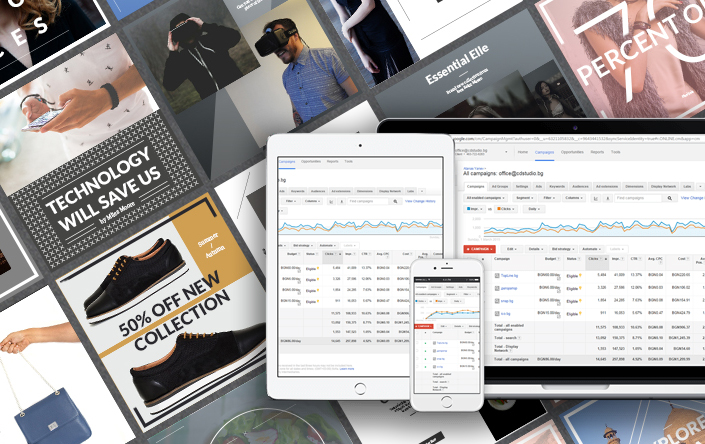
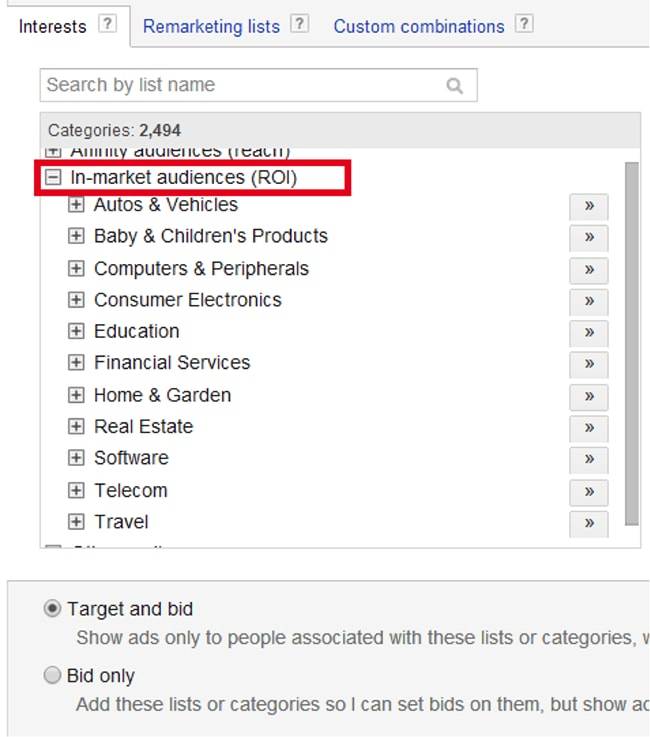
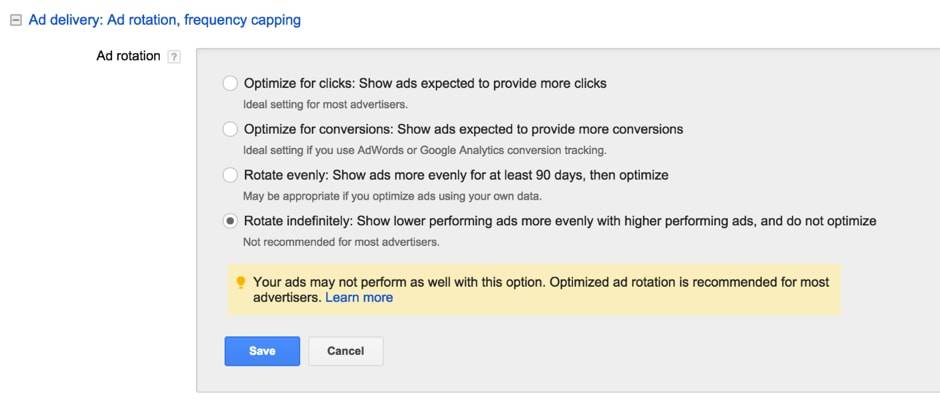
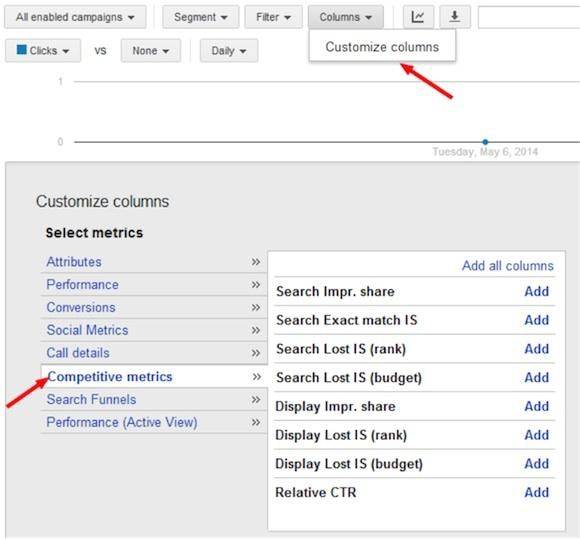
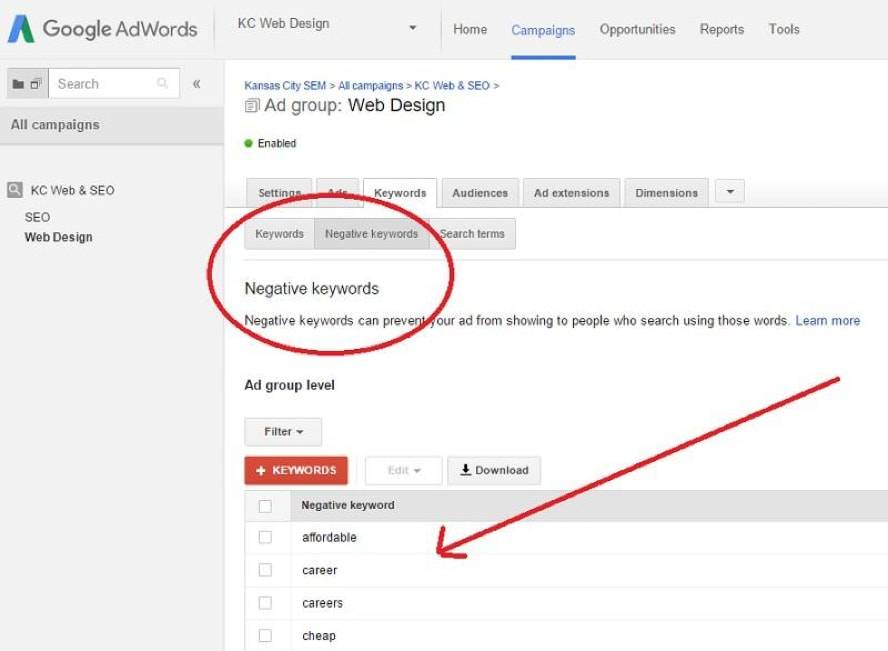

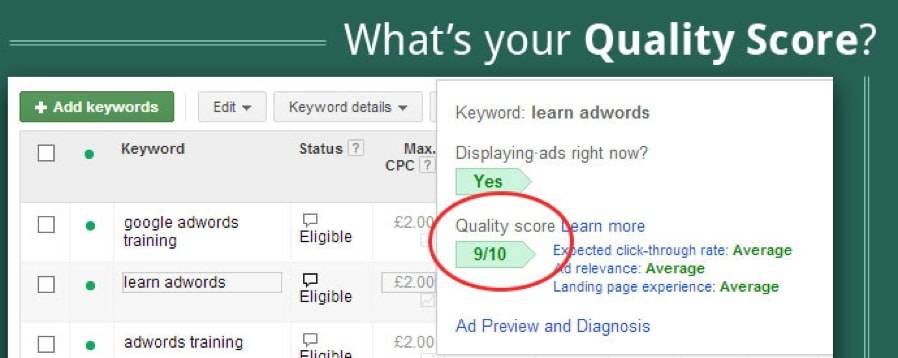

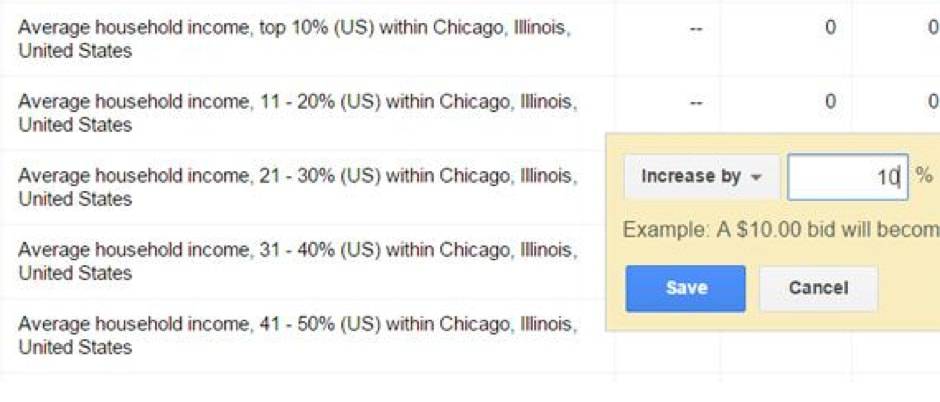
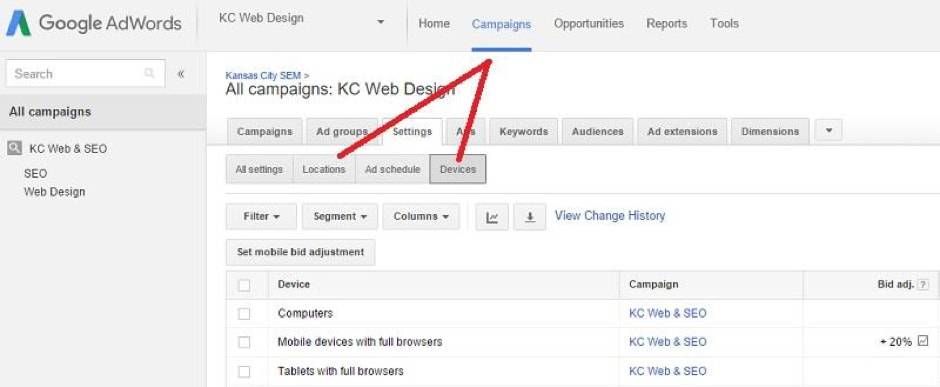
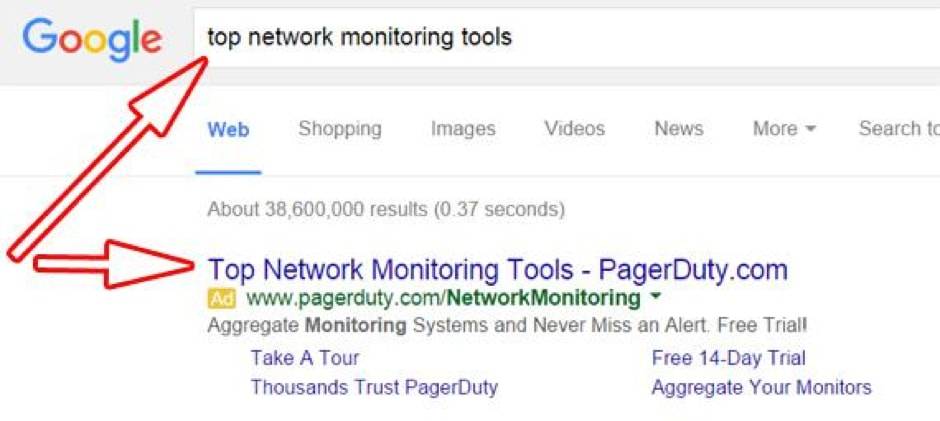
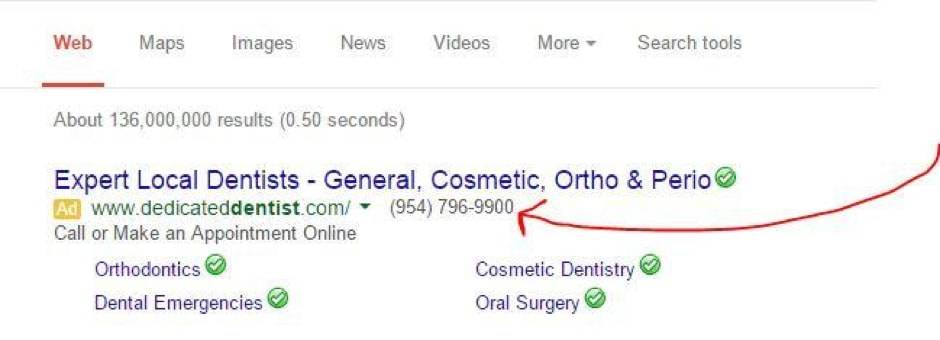
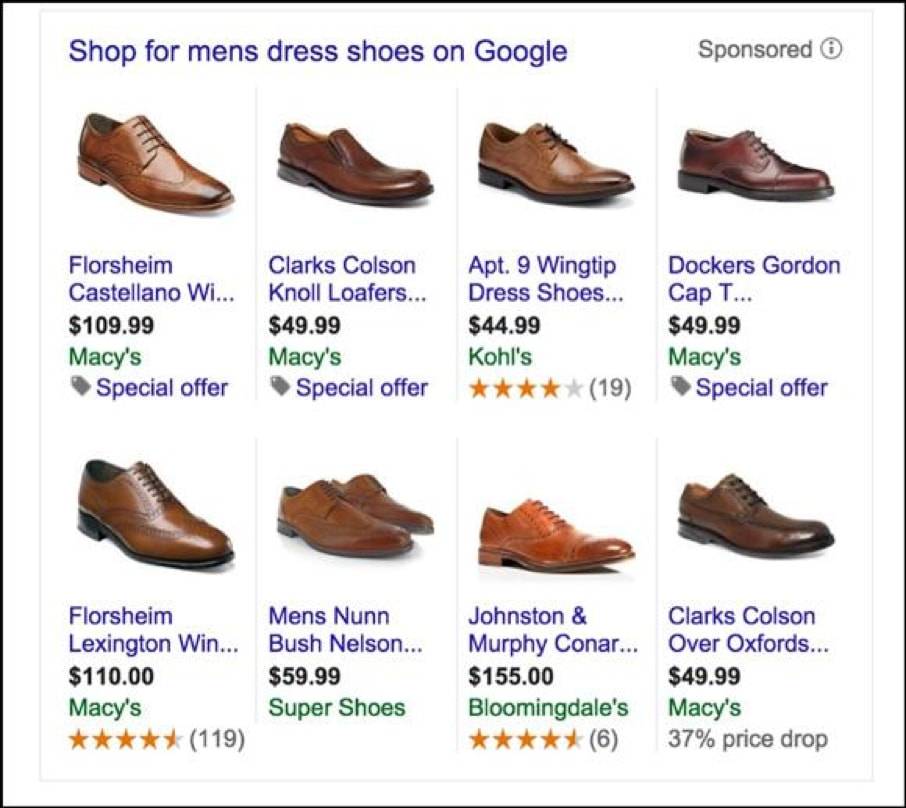

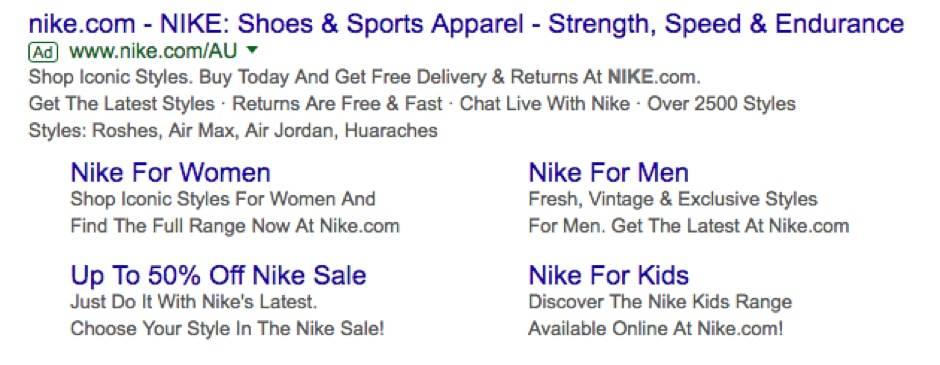
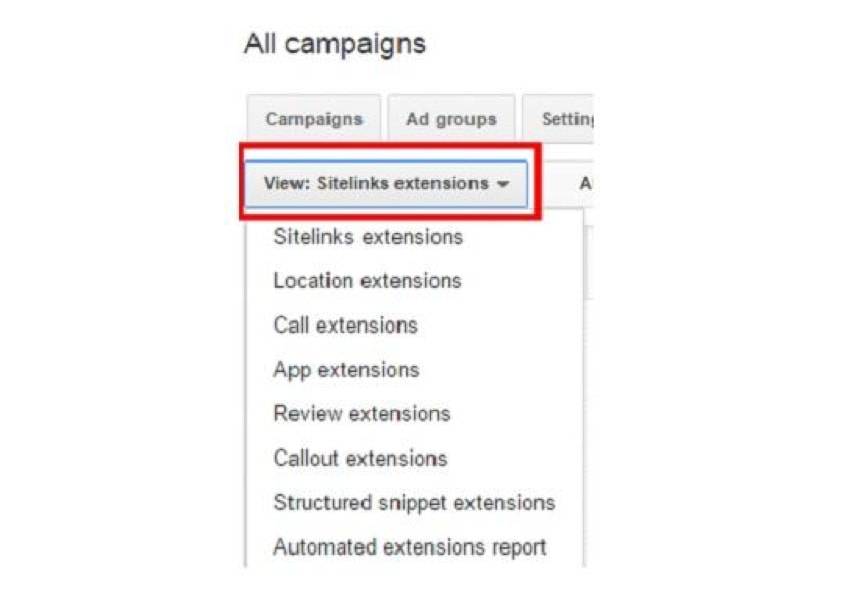
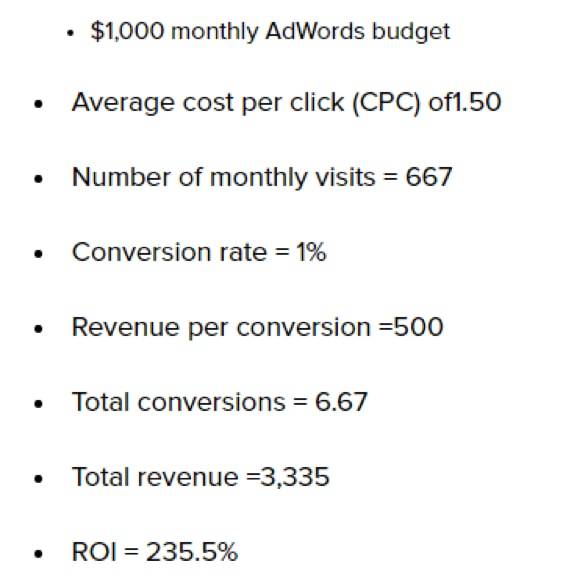
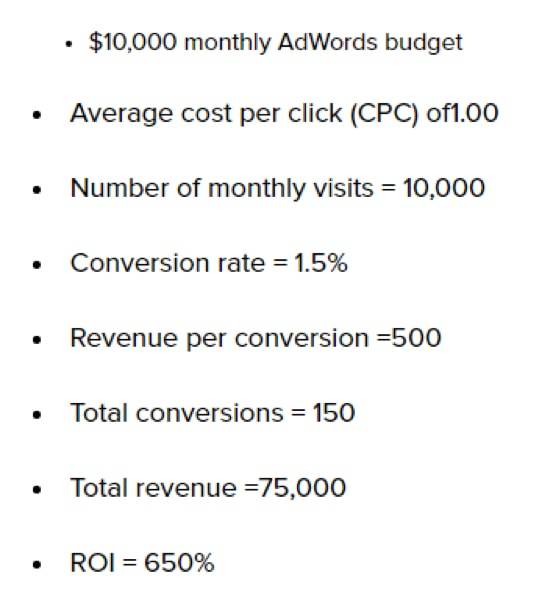
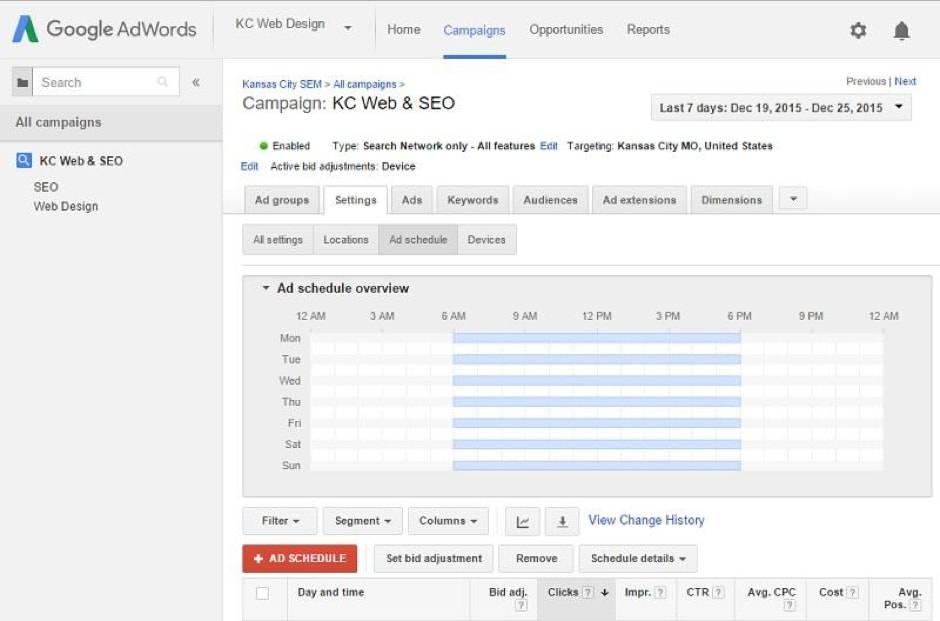
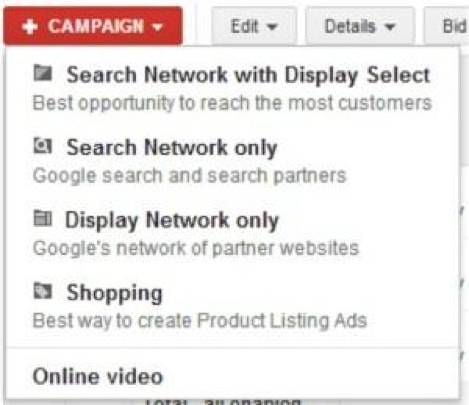




Hey!
It looks like you're browsing in . Would you like to switch over to the website?